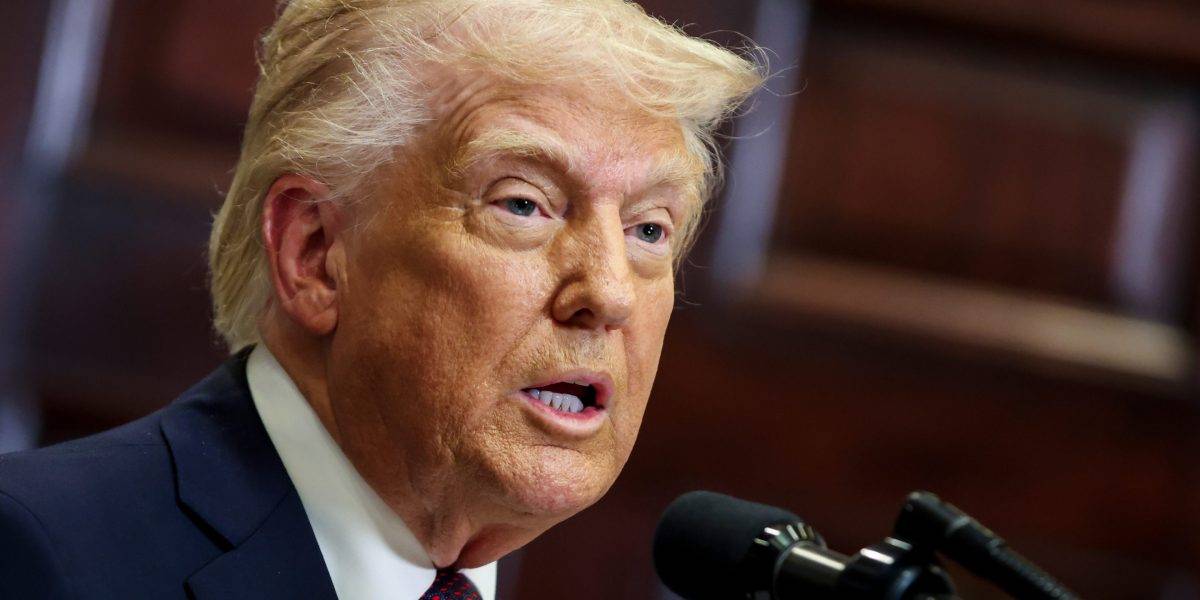Bitcoin’s Market Dynamics and Influences
As Bitcoin continues to capture the attention of investors and analysts with its volatile yet promising price dynamics, several factors contribute to its potential future price. The Federal Reserve’s policy changes, regulatory developments, and global economic conditions play significant roles in shaping Bitcoin’s trajectory. In recent years, Bitcoin has seen a remarkable increase in value, partly due to the approval of spot Bitcoin ETFs, which have heightened institutional interest and investment.
Recent Price Trends and 2024 Developments
In 2024, Bitcoin reached an all-time high, partly due to the approval of several Bitcoin spot ETFs by the U.S. Securities and Exchange Commission (SEC). This approval significantly increased institutional participation, driving the price upwards. The Bitcoin halving event in April 2024 also contributed to this surge, as it reduced the supply of new Bitcoins entering the market, historically leading to price increases.
Bitcoin Price Predictions
Experts and analysts have presented a range of Bitcoin price predictions:
- Max Keiser predicts Bitcoin could reach $200,000 by the end of 2024.
- Peter Brandt suggests Bitcoin could be between $120,000 and $200,000 by September 2025.
- Bernstein analysts estimate Bitcoin could surge to $200,000 by the end of 2025, driven by strong ETF inflows.
- Chamath Palihapitiya expects Bitcoin to reach $500,000 by October 2025 and $1 million by the early 2040s.
Factors Influencing Bitcoin’s Price
- Supply and Demand: Bitcoin’s supply is capped at 21 million, creating scarcity. Demand from investors, including institutional and retail, drives the price up.
- Halving Events: These events reduce the supply of new Bitcoins, historically leading to price spikes.
- Regulatory Changes: Positive regulatory developments, like ETF approvals, boost investor confidence and demand.
- Global Economic Conditions: Bitcoin is often seen as a hedge against inflation and economic uncertainty, influencing its price.
The Role of Federal Policy and Political Risks
Federal Reserve policies, such as interest rate adjustments, can significantly impact Bitcoin’s price. In times of monetary easing or stimulus, investors might seek higher returns in cryptocurrencies like Bitcoin. Political risks, including regulatory changes or geopolitical tensions, can also drive demand for Bitcoin as a safe-haven asset.
Long-term Prospects
Long-term predictions vary widely, with some experts like Cathie Wood suggesting that Bitcoin could reach $600,000 by the end of the decade under optimistic conditions. While regulatory clarity and institutional adoption are crucial for Bitcoin’s growth, unforeseen economic shifts and technological advancements will continue to shape its future.









